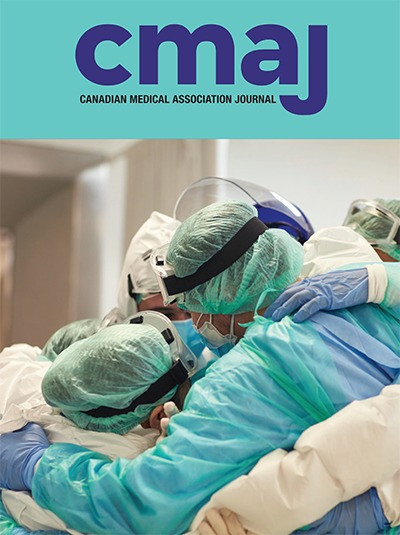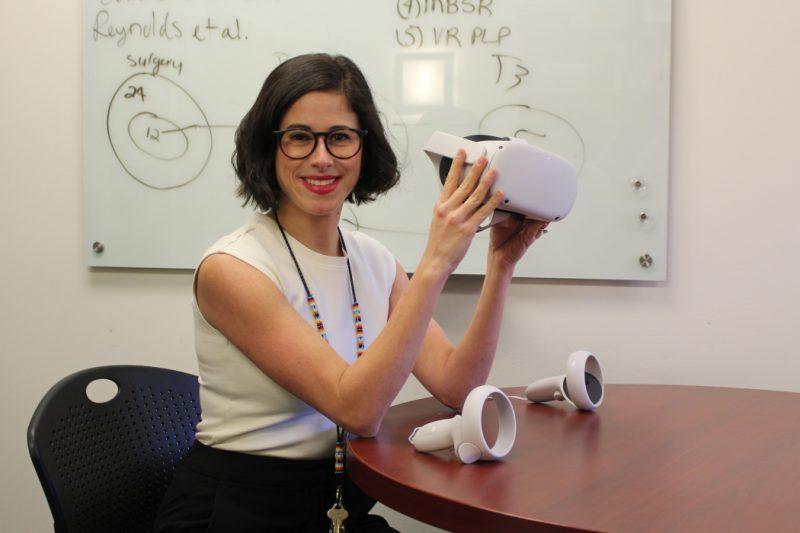
A 32-year-old woman with a history of an early pregnancy loss followed by a term birth presented to her gynecologist with difficulty conceiving and amenorrhea. Her second pregnancy, the live birth, had resulted in a vaginal delivery followed by manual removal of an adherent posterior placenta. Twenty months postpartum, she had ongoing amenorrhea, despite not breastfeeding. Endocrine investigations for follicle-stimulating hormone, luteinizing hormone, thyroid-stimulating hormone and prolactin were normal.
We ordered transvaginal ultrasonography, which showed a hyperechoic endometrial stripe (Figure 1). We performed a hysteroscopy and resected bony spicules overlying the posterior wall and uterotubal regions (Figure 2). The pathology examination showed multifocal calcific deposits and metaplasia, with a background atrophic endometrium. We diagnosed osseous metaplasia with secondary infertility. Her menses subsequently resumed; she spontaneously conceived and had a healthy live birth.
The prevalence of osseous metaplasia is estimated to be about 0.02% among women with infertility.1 More than 80% of reported cases occur after a pregnancy.2 Osseous metaplasia causes a sterile foreign body reaction similar to that caused by an intrauterine contraceptive device (IUCD). Risk factors include previous uterine instrumentation, the presence of an IUCD, infection, uterine anomalies and retained products of conception.3 Clinicians should consider osseous metaplasia when sonograms show echogenic bands with acoustic shadowing. Hysteroscopy is recommended, with resection of calcifications often re-establishing menses and fertility.2,3
Several pathophysiological explanations have been suggested for the development of osseous metaplasia. Multipotent stromal cells may occur as a response to chronic endometritis, an emerging risk factor for recurrent pregnancy loss and implantation failure. In addition, osseous differentiation from mesenchymal stem cells may occur secondary to osteogenesis after retention of fetal bones, dystrophic calcification of retained necrotic tissues and disorders of calcium and vitamin D metabolism.3.
Clinical images are chosen because they are particularly intriguing, classic or dramatic. Submissions of clear, appropriately labelled high-resolution images must be accompanied by a figure caption. A brief explanation (300 words maximum) of the educational importance of the images with minimal references is required. The patient’s written consent for publication must be obtained before submission.
Endometrial osseous metaplasia with secondary infertility - CMAJ
Read More

No comments:
Post a Comment